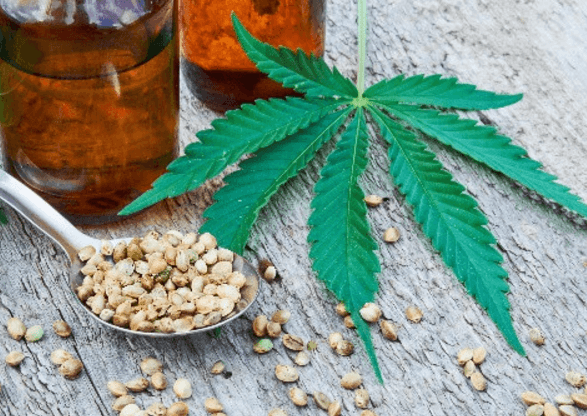Understanding THC: What You Need to Know

Tetrahydrocannabinol (THC) is one of the most well-known compounds found in cannabis. Renowned for its psychoactive effects, THC has become the subject of extensive research and debate. From its therapeutic benefits to its recreational use, this article explores the various facets of THC, its effects on the human body, and its evolving role in society.
What Is THC?
THC, short for delta-9-tetrahydrocannabinol, is the primary psychoactive compound in cannabis. It interacts with the endocannabinoid system (ECS) in the body, which plays a vital role in regulating processes such as mood, appetite, and pain perception. By binding to CB1 receptors in the brain, THC produces its characteristic “high.”
See also: THCA to THC: Uncovering the Transformation of Cannabinoids
The History of THC
The use of cannabis dates back thousands of years, but it wasn’t until 1964 that THC was isolated and identified by Israeli chemist Dr. Raphael Mechoulam. This discovery paved the way for a deeper understanding of cannabis and its potential applications, both medicinal and recreational.
How THC Affects the Body
Psychoactive Effects
THC’s ability to produce euphoria and relaxation has made it popular among recreational users. These effects can vary depending on the dosage, individual tolerance, and method of consumption.
Therapeutic Benefits
Research suggests THC may help with a variety of medical conditions, including:
- Chronic pain: THC can act as a pain reliever, particularly for neuropathic pain.
- Nausea and vomiting: It is commonly used to combat these symptoms in chemotherapy patients.
- Appetite stimulation: THC is effective for patients with conditions like HIV/AIDS that cause appetite loss.
- Sleep disorders: Its sedative effects can aid individuals suffering from insomnia.
Methods of Consumption
Smoking and Vaping
Inhaling THC delivers quick effects as it enters the bloodstream through the lungs. While smoking is traditional, vaping has gained popularity as a less harsh alternative.
Edibles
Edibles, such as gummies or baked goods, provide a delayed but often more intense experience. The effects can last longer compared to smoking or vaping.
Tinctures and Oils
These allow precise dosing and are commonly used for medicinal purposes. They can be taken sublingually (under the tongue) or mixed into food and drinks.
Topicals
For localized relief, THC-infused creams and balms are applied directly to the skin. They don’t produce psychoactive effects, making them ideal for pain management.
Risks and Side Effects
While THC offers numerous benefits, it is not without risks. Overconsumption or improper use can lead to:
- Short-term side effects: Anxiety, paranoia, dry mouth, and red eyes are common.
- Impaired judgment: THC affects cognitive function, making activities like driving dangerous.
- Dependence: Regular use can lead to psychological dependence in some individuals.
- Memory issues: Prolonged use, especially in adolescents, can affect memory and learning.
THC vs. CBD: Key Differences
Cannabidiol (CBD) is another prominent compound in cannabis. Unlike THC, CBD is non-psychoactive and is often used for its calming and anti-inflammatory properties. The two compounds work differently in the body, and some products combine both to offer balanced effects.
Legal Status of THC
The legality of THC varies across the globe. In countries like Canada and several U.S. states, THC is legal for recreational and medicinal use. However, many regions still classify it as a controlled substance. The shifting legal landscape has opened doors for further research and innovation in the cannabis industry.
The Future of THC
As public perception shifts and more studies are conducted, the potential of THC continues to grow. Researchers are exploring its role in treating conditions like PTSD, multiple sclerosis, and even certain types of cancer. Innovations in product development also promise to enhance the way THC is consumed, ensuring safer and more effective experiences.
